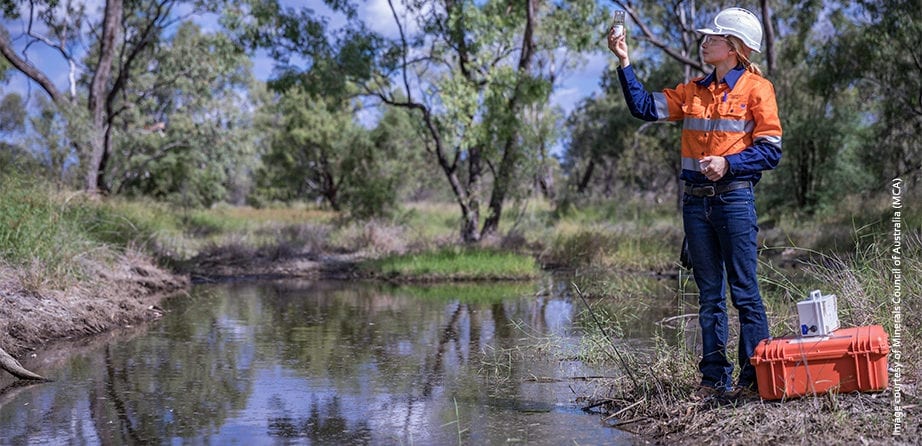Land reclamation is an integral part of modern mining operations around the world. Reclaimed land can have many uses, including agriculture, forestry, wildlife habitation and recreation.
Steps are taken in modern coal mining operations to minimise the impact on the environment by carefully planning projects and implementing pollution control measures.
Land Disturbance
Under best practices, before a coal mining permit can be awarded, studies of the immediate environment are carried out to identify potential problems and review the existing conditions. The studies look at the impact of mining on surface and ground water, soils, local land use, and native vegetation and wildlife populations.
Mine subsidence
The coal mining industry uses a range of engineering techniques to design the layout and dimensions of an underground mine workings so that surface subsidence can be anticipated and controlled.
Water pollution
Coal mine operations work to improve their water management, aiming to reduce demand through efficiency, technology and the use of lower quality and recycled water. Water pollution is controlled by carefully separating the water runoff from undisturbed areas from water which contains sediments or salt from mine workings. Clean runoff can be discharged into surrounding water courses, while other water is treated and can be reused in processes such as dust suppression and in coal preparation plants.
There are mine management methods that can minimise acid mine drainage (AMD) and effective mine design can keep water away from acid generating materials and help prevent AMD occurring. Measures have also been developed to treat AMD both actively and passively.

Dust & noise
During mining operations, the impact of air and noise pollution on workers and local communities can be minimised by modern mine planning techniques and specialised equipment. Dust at mining operations can be caused by trucks driving on unsealed roads, coal crushing operations, drilling operations and meteorological impacts.
Dust levels can be controlled by spraying water on roads, stockpiles, and conveyors. Other steps can also be taken, including fitting drills with dust collection systems and purchasing additional land surrounding the mine to act as a buffer zone. Trees planted in these buffer zones can also minimise the visual impact of mining operations on local communities. Noise can be controlled through the careful selection of equipment and insulation and sound enclosures around machinery.